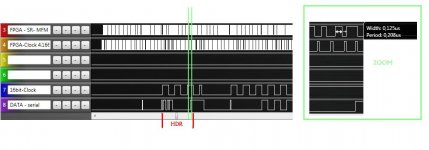RSX11M+
Veteran Member
- Joined
- Feb 14, 2011
- Messages
- 1,075
Would it be easier to prototype with ST-506 so you didn't have to deal with the 4.1 clock or explicit data format?. You could concentrate on MFM encoding/decoding @ 5MHz and let the controller write a low level format to test with. Then once that works, move to 4.1 MHz and write a utility to 'low-level' format your SD cards. Just a suggestion
I think this is what he was hinting at when he last mentioned the ST506. I sense he is beyond frustration, and it is taking it's toll on him.
Despite my encouragement, I am not there and I feel he has a need for a sense of accomplishment.
It is true, this [ST506] would be easier to do than what he's trying to, but I am afraid he will lose the "mind set" it has taken to get this far by moving on to another project. The fact is that he'd still need to solve this framing issue in the ST506 too.
I have faced "burn out" myself at many times, and "therapy" projects do help. However, they have the potential to take one away from "critical mass" on the primary project. I feel if he pushes through this he will achieve the breakthrough that will make it all worthwhile.
Of course, it's just my opinion, and in the end he will make the decision. All I can do is offer support.


